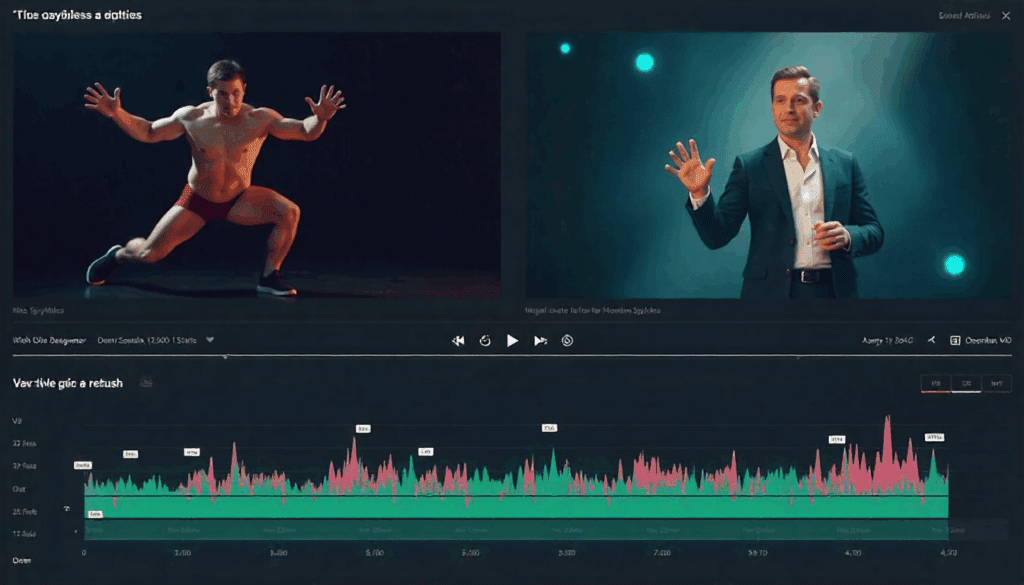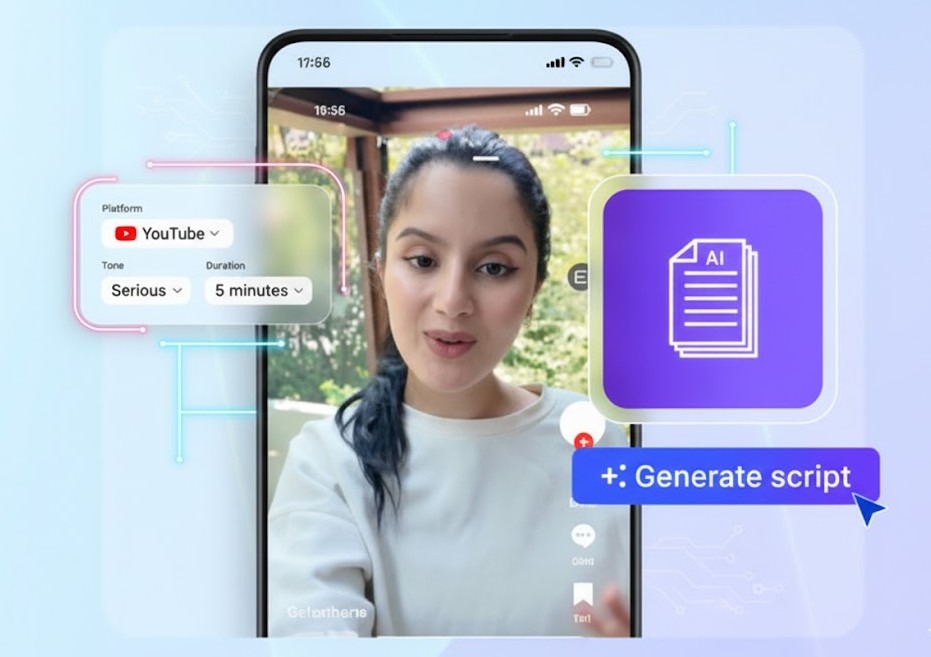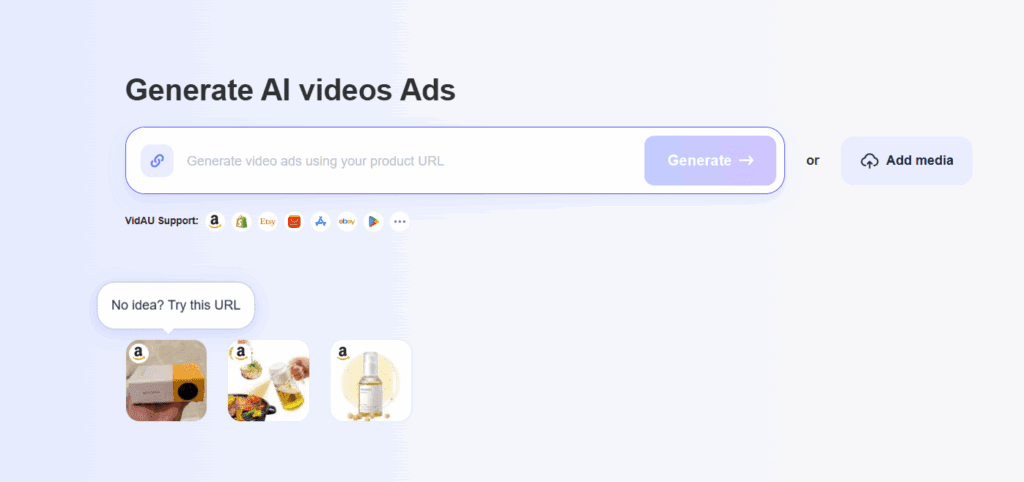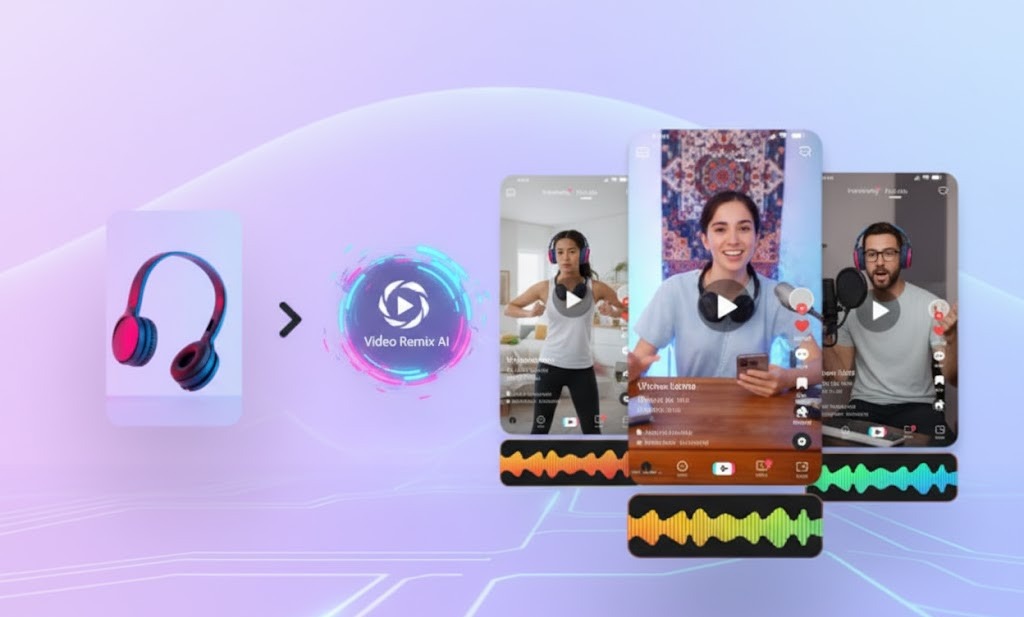Can AI Ever Beat Traditional Video Editors

You see AI tools everywhere. As a creator or editor in the US, you hear about a new AI video editor almost every week. Tools promise faster cuts, automatic scenes and fewer late nights in front of timelines. At the same time, you know a strong story, sharp timing and taste still sit in a human mind, not inside a model.
In this guide, you see where an AI video editor helps, where human editors stay ahead and how to mix both for a workflow built to serve clients, viewers and your own sanity.
Why Do AI Video Editors Feel Unavoidable in 2025
Across YouTube, TikTok and Reels, short clips, viral video formats and UGC content shape what viewers expect. Platforms reward output volume and consistency. This pressure pushes creators toward every AI video editor on the market.
Visit a platform like VidAU AI once and you see how AI slots into video work even for small teams. One place handles text to video, image to video and editing support without complicated setups, which fits solo US creators and small agencies.
Several forces drive this rush toward AI:
• Platforms push video more than static posts
• Brands expect faster turnarounds with smaller budgets
• Viewers expect subtitles, motion graphics and sound design on even simple clips
• New models lower the skill barrier for entry-level editing
Where Do AI Video Editors Deliver the Strongest Results
You get the best value from AI when tasks stay repeatable and logic driven.
Key zones where an AI video editor shines:
• Rough drafts for concept testing
• Short social clips in vertical formats
• Template based edits for series content
• Captioning and basic motion graphics
• Repurposing long content into short highlights
• Quick experiments with speed ramps or camera moves
Larger tools such as Kling AI and Google Veo 3 also push quality forward. Text descriptions turn into scenes with realistic motion, lighting and camera paths. For a pitch video or early concept, this saves days of work and removes the need for full shoots.
Where Do Human Editors Still Beat Any AI Video Editor
Even with strong models, human editors hold key ground.
Areas where human judgment stays essential:
• Story structure across a full video
• Emotional timing for reveals and payoffs
• Comedy beats and reaction timing
• Cultural references and local nuance for US viewers
• Brand voice and consistency across campaigns
• Trust building in product demos and testimonials
• Crisis response clips where tone must stay careful
AI sees patterns in data. An editor reads a room, reads a client and reads an audience. This gap matters when a video carries risk, large budgets or personal stories.
Which AI Video Editor Tools Deserve Your Attention Right Now
If you feel lost in tool lists, focus on a small stack which covers core needs.
Groups worth exploring include:
• Text to video models such as Kling AI or Veo for scene drafts
• Image and asset generators from Midjourney alternatives for visual support
• Voice platforms such as ElevenLabs for narration in different tones
• Full AI video editor experiences from tools similar to VidAU for quick edits and social cuts
• Mobile and desktop editors like Filmora 15, with AI Extend, dynamic captions and beauty filters inside a familiar timeline
For US creators who run solo or inside small teams, this stack covers most daily edits without removing room for craft.
How Do You Build a Hybrid Workflow With AI Video Editors and Human Skills
A hybrid workflow treats AI as a fast assistant and the human editor as the final decision maker.
One simple blueprint:
• Use AI for idea generation and storyboards through text to video
• Use AI transitions and motion for first passes on sequences
• Use AI tools for captions, audio clean up and simple graphics
• Reserve human time for structure, pacing, emotional tone and final polish
For example, you upload raw footage into an AI video editor, request a draft version and then move the project into a full NLE for deeper edits. This flow suits YouTube channels, UGC creators and freelance editors in the US who juggle several projects each week.
When Should You Skip an AI Video Editor and Rely on a Human Only
Some projects demand full human control from start to finish.
You rely on a human editor when:
• Legal or medical claims appear inside the content
• A brand faces public pressure or crisis
• An investor, regulator or board will review the video
• Sensitive topics around identity, politics or safety sit at the core of the story
• A long narrative piece runs on emotion more than information
In those cases, AI still helps with transcription, subtitling or asset gathering, yet every key frame and every line of copy needs human review.
How Does an AI Video Editor Compare to a Human Editor in 2025
Use this quick comparison when you plan a project.
AI video editor strengths:
• Speed on drafts, captions and cut downs
• Volume for social content in many formats
• Lower cost for tests and low stakes clips
• Easy access for teams without senior editors
AI video editor limitations:
• Weak understanding of emotion, tension and comedy
• Inconsistent handling of complex brand guidelines
• Risk around factual accuracy and legal language
• Limited control during tricky edits with mixed footage quality
Human editor strengths:
• Clear sense of pacing and rhythm
• Strong alignment with brand, client and audience
• Flexibility when problems appear during a project
• Ability to push back on weak ideas before they reach the public
Human editor limitations:
• Higher cost per project
• Slower volume output for small teams
• Burnout risk without support or delegation
Most modern teams in the US land in the middle: AI handles volume work, humans lead priority edits.
How Should You Choose an AI Video Editor for Your Own Work
Selection depends on your main goal more than hype.
Questions which help narrow options:
• Do you create short vertical clips, longer stories or both
• Do you need a best text to video local model for private work or a cloud tool for speed
• How important is brand safety for your clients
• Do you edit alone or inside a team
• Do you want AI fully inside your editor or as a helper beside a traditional NLE
Run small tests with two or three platforms, including one like VidAU for general editing and one pure text to video engine. Compare speed, control and how often you return to manual tools.
Conclusion
An AI video editor helps you move faster, share more variants and stay present on platforms which reward high volume. Human editors still drive story, brand trust and emotional impact.
If you embrace AI as support and retain human judgment for direction and final passes, you keep the best of both sides. Your workflow becomes lighter, your output grows and your voice stays unique in a crowded US creator space.
Frequently Asked Questions
Will AI take video editing jobs in the US
AI changes junior roles first, since many tasks involve repetitive cuts and captions. Editors who focus on story, strategy and client advice keep strong value, since those skills stay hard to automate
What skills should an editor grow in an AI heavy future
Focus on story design, pacing, client communication, creative direction and understanding of platforms such as YouTube and TikTok. Learn to brief AI tools instead of fighting them.
Does an AI video editor replace my main NLE
In most setups, AI tools sit beside your main editor. You bounce assets in and out. Full projects still live in tools such as Premiere, Final Cut or DaVinci Resolve.
How do I explain AI use to clients
Stay clear and honest. Share which steps you automate, where human review enters and how this approach saves time without lowering quality.
Where does a platform like VidAU fit beside tools from large brands
Large suites such as Adobe or Apple focus on deep desktops. Platforms such as VidAU lean into smart automation, fast outputs and easier access for smaller teams, yet still leave creative control in your hands.




